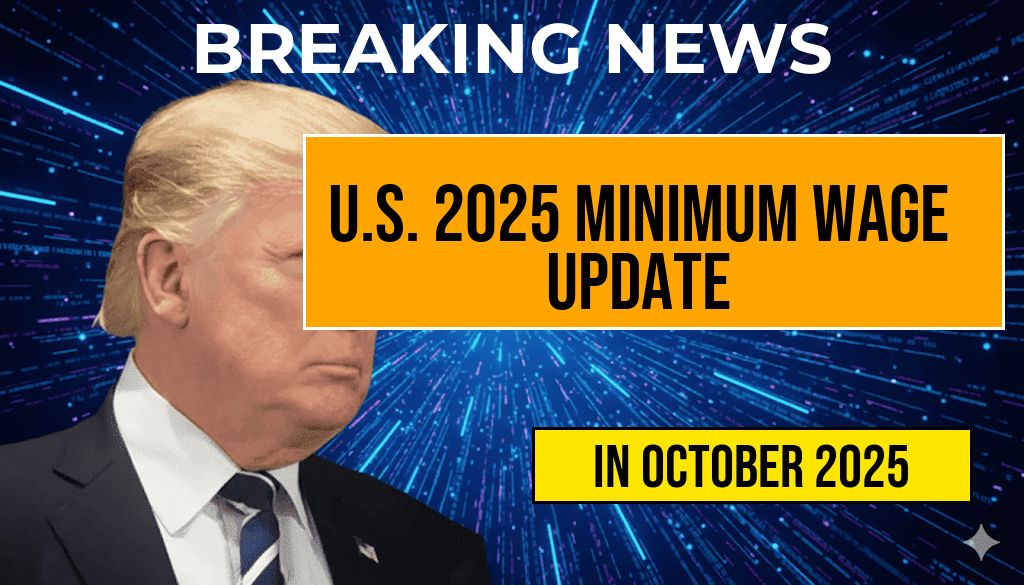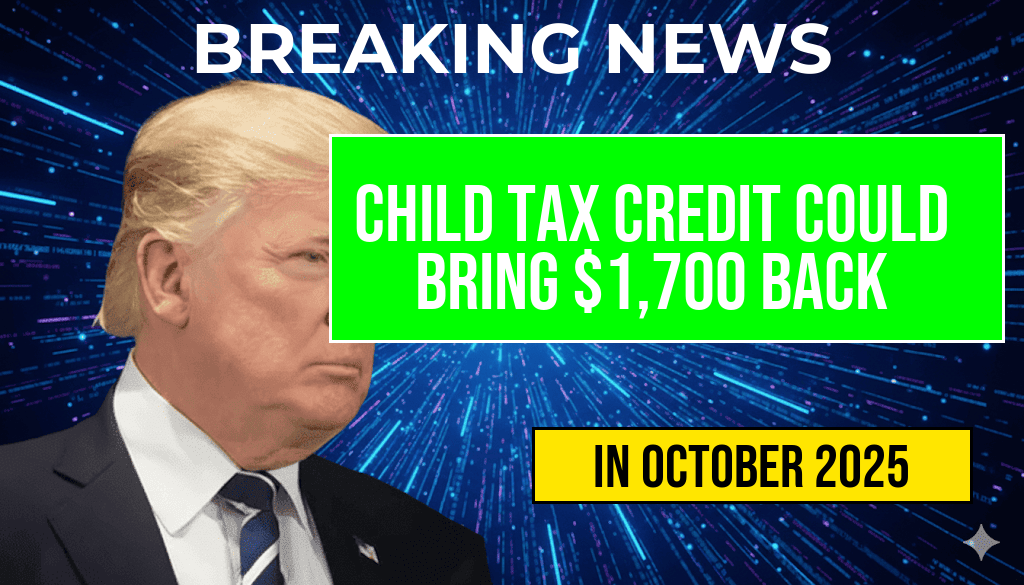The United States has implemented its scheduled increase in the federal minimum wage for 2025, effective October 4. According to the Department of Labor, the federal baseline will rise from $7.25 to $8.00 per hour, marking the first increase in nearly a decade. This adjustment aims to bolster income for low-wage workers nationwide amidst persistent economic challenges, including inflation and rising living costs. Several states and localities, which set their own minimum wages above the federal level, have also announced adjustments aligned with or exceeding the federal increase. The change reflects ongoing debates about fair compensation, economic recovery, and the role of government in supporting workers. Employers and employees are now adjusting to the new pay standards, which could influence hiring, budgeting, and wage negotiations across various sectors.
Details of the 2025 Federal Minimum Wage Increase
Implementation and Scope
The federal minimum wage will increase from $7.25 to $8.00 per hour starting October 4, 2024. The increase is part of the Fair Minimum Wage Act of 2007, which mandates annual adjustments based on inflation metrics. While the federal rate applies to most workers on federal contracts or working in industries covered by federal minimum wage laws, many states and localities maintain their own higher standards. The new federal rate aims to serve as a baseline, encouraging states to adopt wages that reflect local economic conditions.
Impact on Employers and Workers
Businesses across the country are preparing for the change, assessing how the increase will affect payroll costs and operational budgets. Small businesses, in particular, may face challenges balancing wage increases with profit margins, with some considering automation or other cost-saving measures. For workers earning at or near the minimum wage, the adjustment promises a modest boost in earnings, potentially improving their purchasing power and financial stability. Labor advocates emphasize that the increase is a step toward addressing wage stagnation, while critics argue it could lead to reduced employment opportunities in certain sectors.
State and Local Wage Policies
| State | Minimum Wage | Notes |
|---|---|---|
| California | $15.50 | Incremental increases continue through 2025 |
| New York | $14.20 (varies by region) | Higher in NYC and surrounding areas |
| Florida | $12.00 | Scheduled to increase annually until 2026 |
| Texas | $7.25 | No state minimum wage law; federal applies |
Most states with wage policies above the federal minimum have announced their own increases, often scheduled to coincide with or follow the federal change. The variation reflects differing economic conditions and cost-of-living indices across regions.
Economic and Political Reactions
Support and Criticism
Proponents argue that raising the minimum wage helps reduce poverty, stimulates local economies, and promotes fair labor standards. Organizations like the Economic Policy Institute contend that wage increases are critical amid rising inflation and stagnant wages over the past decade.
Conversely, some business groups and economists warn that higher wages could lead to job cuts, increased automation, or higher prices for consumers. The National Retail Federation (NRF) has expressed concerns about the impact on small retailers and restaurants, emphasizing the need for a balanced approach that considers economic growth.
Political debates continue over whether federal minimum wage increases should be tied to inflation or require broader legislative approval. Legislative efforts to phase in more substantial increases or to eliminate the federal minimum altogether have gained support from some policymakers advocating for a living wage standard.
Historical Context and Future Outlook
The 2025 adjustment marks a significant milestone, as the federal minimum has remained unchanged since 2009. The recent increase aligns with broader trends of states and localities taking initiative to set wages that better reflect current economic realities. Experts suggest that wage policies will remain a contentious issue as lawmakers, businesses, and workers navigate the balance between economic competitiveness and fair compensation.
Looking ahead, discussions about minimum wage adjustments are expected to continue, especially in the context of ongoing inflationary pressures. Analysts suggest monitoring how these wage changes influence employment patterns and consumer spending in the coming months. For more detailed information on wage policies and economic impacts, resources such as Wikipedia’s coverage on minimum wage laws provide comprehensive background.
Frequently Asked Questions
What is the new minimum wage rate effective October 4, 2025?
The U.S. minimum wage has increased to an updated hourly pay rate, effective October 4, 2025. The specific rate may vary by state and locality, but generally, this update reflects the latest federal and state adjustments.
Which states or regions are affected by the 2025 minimum wage increase?
The minimum wage increase applies to several states and regions that have mandated higher pay rates than the federal minimum. It is important to check local government updates to determine the exact rate applicable in your area.
How does the 2025 wage increase impact employers and employees?
The wage increase benefits employees by providing higher earnings, while employers may need to adjust budgets and payroll processes to comply with the new rates. Employers should review their pay structures to ensure compliance with the updated laws.
Are there any exceptions or special cases regarding the 2025 minimum wage increase?
Yes, certain exemptions may apply based on employer size, industry, or specific worker classifications. It’s advisable for employers and employees to consult official guidelines to understand if any exceptions affect their situation.
When will the new minimum wage rates be reflected in payroll and employment contracts?
The updated hourly pay rates will be effective starting October 4, 2025. Employers should implement these changes promptly to ensure compliance with the law and update employment contracts accordingly.






